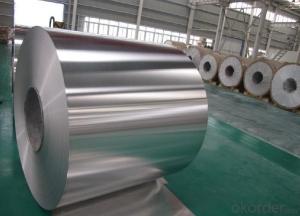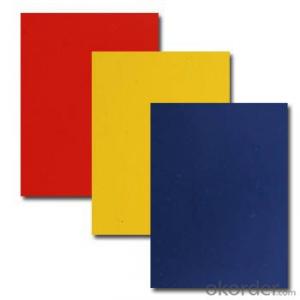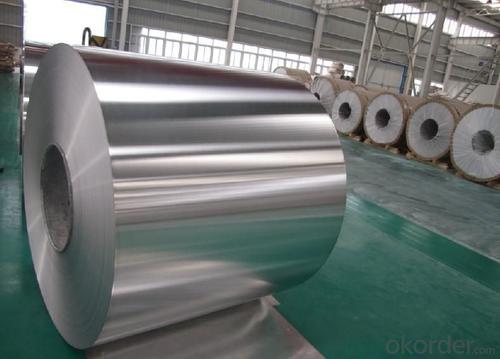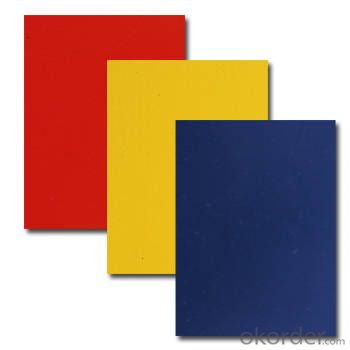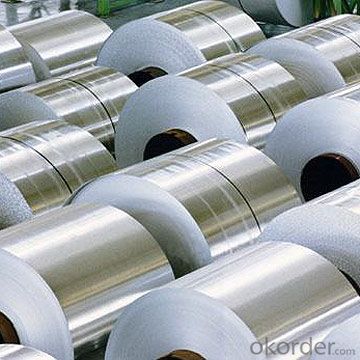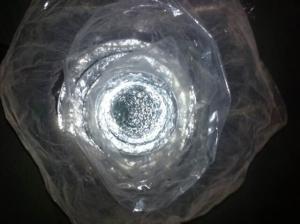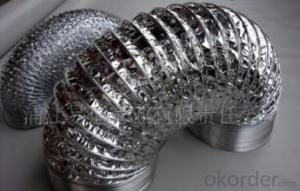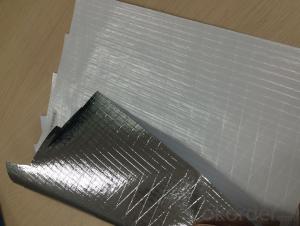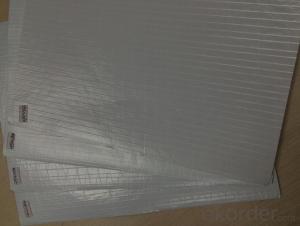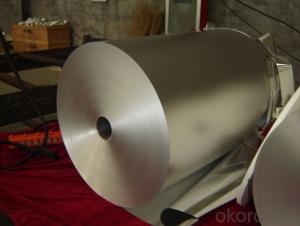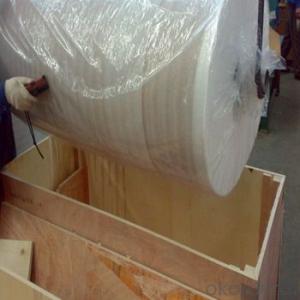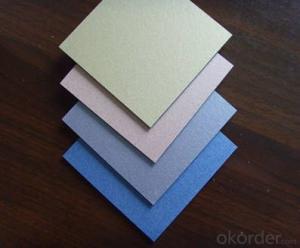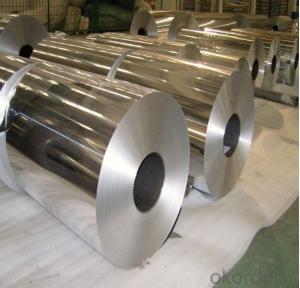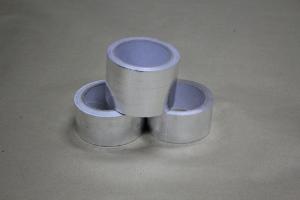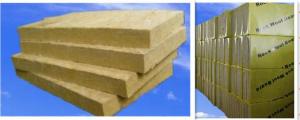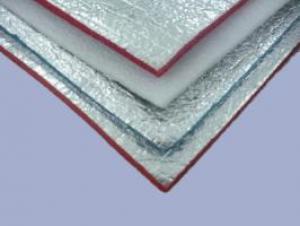8079 Aluminum Foil Facing Alloy for Ceiling Tiles
- Loading Port:
- Shanghai
- Payment Terms:
- TT OR LC
- Min Order Qty:
- 50 m.t.
- Supply Capability:
- 3000 m.t./month
OKorder Service Pledge
OKorder Financial Service
You Might Also Like
Specification
1. Structure of CC Aluminium in Coil Form for making Aluminium Circle Description
CC Aluminium in Coil Form for making Aluminium Circle is one semi-finished aluminium material. This coil can be rolled down to aluminium coil,sheet,circle ect. The alloy AA1050 is widly used in building, industry ect. Its weight is much lower than steel. So many customers choosed aluminium material instead of steel.
2. Specification of CC Aluminium in Coil Form for making Aluminium Circle
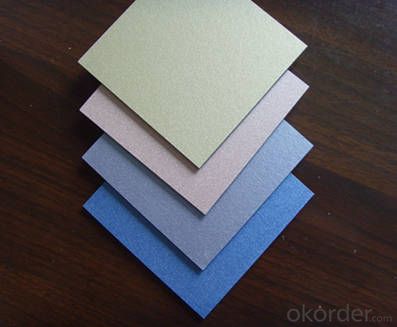
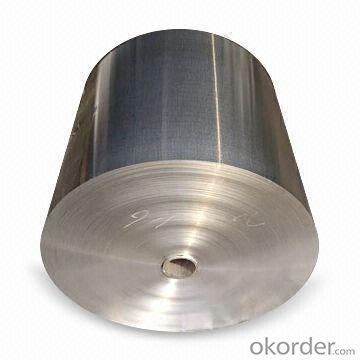
3. Application of CC Aluminium in Coil Form for making Aluminium Circle
(1).Interior: wall cladding, ceilings, bathrooms, kitchens and balconies, shutters, doors...
(2).Exterior: wall cladding, facades, roofing, canopies, tunnels,column covers , renovations...
(3).Advertisement: display platforms, signboards, fascia, shop fronts...
4. Feature of CC Aluminium in Coil Form for making Aluminium Circle
Surfact Quality :
Be free from Oil Stain, Dent, Inclusion, Scratches, Stain, Oxide Dicoloration, Breaks, Corrosion, Roll Marks, Dirt Streaks and other defect which will interfere with use,
Mechenical Property:
Chemical Composite and Mechanical Property
5. Certificate of CC Aluminium in Coil Form for making Aluminium Circle
SGS and ROHS(if client request, paid by client), MTC(plant provided), Certificate of Origin(FORM A, FORM E, CO), Bureau Veritas and SGS (if client request, paid by client), CIQS certificate
6. Image of CC Aluminium in Coil Form for making Aluminium Circle
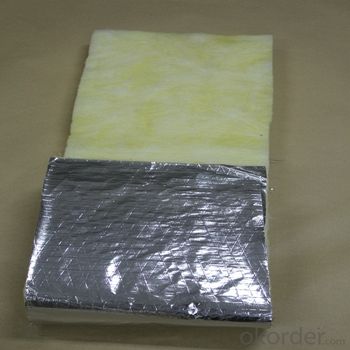
7. Package and shipping of CC Aluminium in Coil Form for making Aluminium Circle
First, plastic cloth with drying agent inside; Second, Pearl Wool ; Third, wooden cases with dry agent , fumigation wooden pallets, aluminum surface could cover blue PVC film
8. FAQ
1) What is the delivery time?
Depends on actual order, around 20 to 35 days
2) What is the QC system:
We have QC staff of 20 persons and advanced equipment, each production is with MTC traced from Aluminum ingot lot.
3) What market do you mainly sell to?
Australia, America, Asia, Middle East, Western Europe, Africa etc
- Q: Is it possible to use aluminum foil with a reflective side to cover leftover food?
- <p>Yes, aluminum foil facing can be used to wrap leftovers. The reflective side of aluminum foil is often used for its heat-reflective properties in cooking, but it is also suitable for wrapping and storing leftovers. It provides a barrier to air, helping to keep food fresh and preventing freezer burn if used in the freezer. However, it's important to ensure that the foil is tightly sealed around the food to maintain its freshness and prevent contamination.</p>
- Q: What is the preferred side of the lining material to face up in a baking tin: parchment paper or aluminum foil?
- <p>When lining a baking tin, it's generally better to use parchment paper with the non-shiny side facing up. Parchment paper is designed for direct contact with food and provides a non-stick surface, which is ideal for baking. Aluminum foil, on the other hand, should be dull side up to prevent food from sticking, but it's not recommended for direct contact with food as it can tear or create an uneven surface. If using foil, ensure it's food-safe and handle with care to avoid punctures.</p>
- Q: This question asks for signs or methods to identify if the aluminum foil facing of a product, such as insulation or a jacket, is damaged or defective.
- <p>To determine if your aluminum foil facing is damaged or defective, look for visible signs such as tears, punctures, or holes. Check for any discoloration or rust, which could indicate corrosion. The foil should be smooth and uniform; any irregularities or bubbling might suggest a defect. Additionally, test the integrity by gently pulling or pressing the foil鈥攊f it easily tears or crumples, it may be compromised. For insulation, a damaged foil facing can lead to reduced effectiveness in heat or cold retention, so also consider the performance of the item.</p>
- Q: This question asks for methods to prevent aluminum from aluminum foil leaching into food.
- <p>To avoid aluminum from aluminum foil leaching into your food, use the foil sparingly and avoid wrapping food directly in it. Opt for heavy-duty aluminum foil, which is less likely to tear and expose food to aluminum. When cooking acidic or salty foods, consider using parchment paper or silicone baking mats as alternatives. Additionally, avoid using aluminum foil at high temperatures, as this can increase the risk of aluminum transfer. Finally, store food in glass or stainless steel containers instead of aluminum foil to minimize exposure.</p>
- Q: This question asks for methods to prevent aluminum foil from sticking to itself when stored or used.
- <p>To prevent aluminum foil from sticking to itself, you can try several methods. First, store it with a sheet of wax or parchment paper between each layer to create a barrier. Second, lightly coat the foil with cooking spray or oil before stacking. Alternatively, use a paper towel as a separator. When using, dampen the foil slightly with water to reduce the sticking. Additionally, you can purchase non-stick aluminum foil or use plastic wrap as a substitute. These methods will help maintain the separation and functionality of aluminum foil.</p>
- Q: Describe the most effective methods for utilizing aluminum foil in baking processes.
- <p>The best way to use aluminum foil in baking involves lining the baking sheet to prevent food from sticking and to simplify cleanup. Preheat the foil by placing it on the sheet and heating the oven before putting in the food. For even cooking, ensure the foil doesn't touch the heating elements. Use foil to wrap foods like potatoes or fish for steaming, or create packets for en papillote cooking. When using foil to cover food, tent it loosely to allow for air circulation. For browning, remove the foil during the last part of baking. Always handle with care to avoid tearing and ensure椋熷搧瀹夊叏.</p>
- Q: Is it safe to use aluminum foil facing inside a microwave oven?
- <p>No, it is not safe to use aluminum foil facing in the microwave oven. Aluminum foil can cause sparks and potentially start a fire due to the reflective nature of the metal. It can also damage the oven's interior. Always use microwave-safe materials and avoid metal when cooking in a microwave.</p>
- Q: Can aluminum foil be utilized as a surface for cooking pancakes?
- <p>While it's technically possible to cook pancakes on aluminum foil, it's not recommended. Aluminum foil can stick to the pancakes, making them difficult to flip and remove without breaking. It also conducts heat unevenly, leading to uneven cooking. Instead, use a non-stick pan or a griddle for the best results. If you must use foil, consider greasing it heavily and using a thin layer to minimize sticking and ensure even heat distribution.</p>
- Q: Is it possible to use aluminum foil as a baking surface? If yes, what kinds of foods are suitable for baking with aluminum foil?
- <p>Yes, aluminum foil can be used for baking. It's particularly useful for foods that require even heat distribution or need to be shielded from direct heat, such as delicate pastries, fish, or vegetables. It can also be used to prevent food from sticking to the baking sheet or to catch any drips, making cleanup easier. However, it's important to note that some foods, especially those with a high sugar content, can burn if they come into direct contact with the foil, so it's best to use it with a light layer of oil or parchment paper underneath.</p>
- Q: Is it possible to recycle aluminum foil with a plastic facing in various countries?
- <p>Recycling practices for aluminum foil with plastic facing vary by country. In some regions, such as parts of Europe and North America, recycling facilities may accept and separate aluminum foil from its plastic lining. However, in other countries, this type of material might not be recyclable due to the difficulty in separating the aluminum from the plastic. It's essential to check local recycling guidelines, as the ability to recycle aluminum foil with plastic facing largely depends on the infrastructure and capabilities of local recycling centers.</p>
Send your message to us
8079 Aluminum Foil Facing Alloy for Ceiling Tiles
- Loading Port:
- Shanghai
- Payment Terms:
- TT OR LC
- Min Order Qty:
- 50 m.t.
- Supply Capability:
- 3000 m.t./month
OKorder Service Pledge
OKorder Financial Service
Similar products
Hot products
Hot Searches
Related keywords
